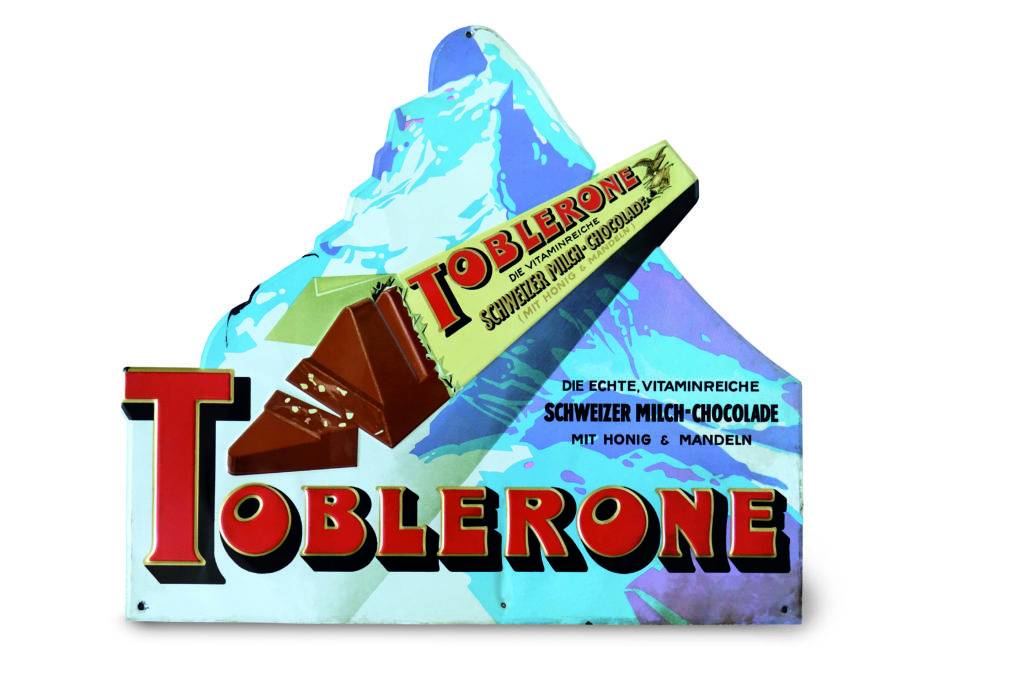Toblerone, the historic Swiss chocolate brand, is forced to remove Switzerland’s most famous mountain, the Matterhorn, from its logo. Do you want to know why?
The Toblerone story
To understand the importance of this event, you need to know a little about the history of Toblerone.
Jean Tobler, a Swiss chocolatier who had already been making chocolates for some years, founded in 1899, together with his son, the chocolate company that would later give birth to the brand’s most famous product. This company included a large industrial production plant in Bern, the capital of Switzerland.
However, it was not until 1908 that the first Toblerone bar was created. Its name is a combination of the words “Tobler” and “Torrone” (Italian for nougat).
As the company produced its chocolates in Bern, they decided to use the city’s most representative animal as their logo The popularity of this chocolate was such that in 1970 they decided to change it to one of the most representative elements of Switzerland, the Matterhorn, a mountain of 4,478 metres. With this new symbol, people would quickly associate the chocolate brand with the Swiss country and it quickly became a symbol of Swiss identity.
Everything was going well until last summer, when Toblerone’s parent company, the US-based multinational Mondelez International, decided to outsource the production of this product to Bratislava in Slovakia, as the labour was cheaper.
This, of course, did not go down well with the Swiss. Toblerone had been produced in Berne for more than 100 years and from there it was distributed all over the world.

Swiss legislation
On 1 January 2017, the “Swissness” legislation came into force, a law that protects the use of the image of the flag on products and services in order to guarantee the exclusivity, tradition and quality of the “Swiss brand”.
This law stipulates that products that want to use national symbols or claim to be made in Switzerland must contain at least 80% of raw materials from Switzerland and 100% for dairy products. There are exceptions, such as cocoa, which cannot be grown in the country.
The importance of brand identity
A country brand represents a unique vision of a territory vis-à-vis other international competitors. This vision must be present through the different means of communication. In the case of Switzerland, they seek to generate an identity through gastronomy, based on traditional and quality products and services.
A brand identity is very important because:
- It boosts tourism and income for companies and governments, as it makes the best of the country known and this attracts people, generates tourism and dynamises the area.
- It increases business, attracts companies, trade and professional talent.
- It improves the local and global image of the region, because the attractions of the country are made known and this will be part of the communication, which will reach any part of the world.
- It generates identity. Citizens feel real pride in the region, because the traditions, history and all the benefits are made known.
- It helps to compete economically with other countries.
